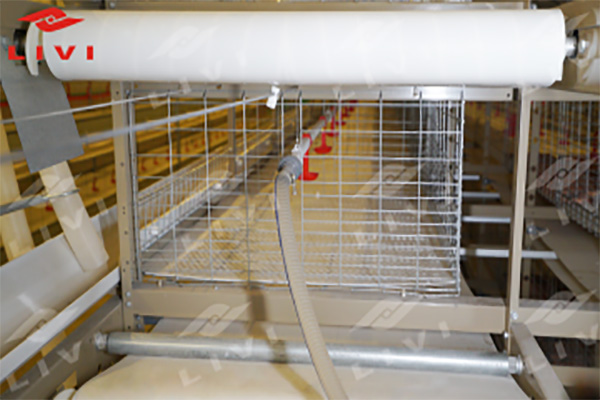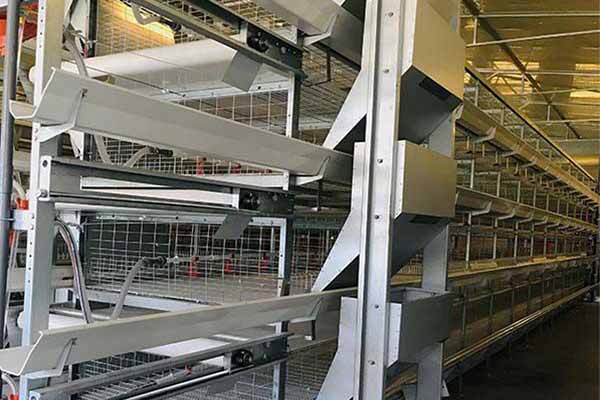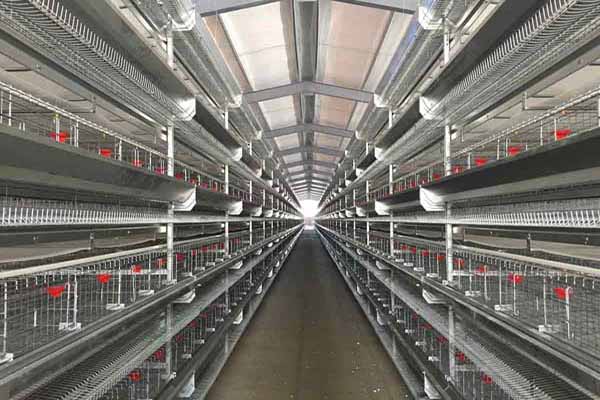Tanzanian Chicken Farming: Enhancing Productivity with Remote Monitoring Systems and Farming Equipment
Time : 2025-06-24
The poultry industry in Tanzania is rapidly growing, and with it comes the need for advanced technology to ensure efficient farming practices. One such technology is the use of a remote monitoring system in conjunction with specialized farming equipment. This article delves into the intricacies of implementing a remote monitoring system for chicken farming in Tanzania, focusing on the benefits, key components, and the future of this innovative approach.
Introduction to Remote Monitoring Systems in Chicken Farming
Remote monitoring systems have revolutionized modern agriculture by providing real-time data and control over farm operations. In the context of chicken farming in Tanzania, these systems offer a range of advantages, from improving animal welfare to optimizing resource use. Let’s explore the reasons why these systems are becoming integral to the poultry industry in the country.

Benefits of Remote Monitoring in Chicken Farming
1. Enhanced Animal Welfare: By continuously monitoring environmental factors such as temperature, humidity, and light, farmers can ensure that chickens are raised in optimal conditions, reducing the risk of stress and disease.
2. Increased Productivity: Real-time data allows for timely interventions in case of deviations from ideal farming conditions, leading to higher egg production and healthier chickens.
3. Cost Efficiency: With better resource management, farmers can reduce waste and lower operational costs, making their businesses more sustainable.
Key Components of a Remote Monitoring System for Chicken Farming
A comprehensive remote monitoring system for chicken farming in Tanzania should include the following components:
Sensors
< p>Sensors are the foundation of any monitoring system. In chicken farming, sensors can include:
p>Sensors are the foundation of any monitoring system. In chicken farming, sensors can include:
- Temperature and humidity sensors to monitor environmental conditions.
- Light sensors to control the lighting schedule, which is crucial for laying hens.
- Motion sensors to detect activity levels in the flock.
- CO2 sensors to monitor air quality and prevent respiratory issues.
Communication Module
This module ensures that data collected by the sensors is transmitted to a central database or to the farmer’s smartphone or computer. Options include Wi-Fi, cellular networks, and satellite communication, depending on the farm’s location and infrastructure.
Central Database and Software
The central database stores all the collected data, which can be analyzed and visualized using specialized software. This software allows farmers to set up alerts, view historical data, and make informed decisions.
Remote Access and Control
Farmers should have the ability to access and control the system remotely. This can be achieved through a web-based platform or a mobile application, providing flexibility and convenience.
Implementing Remote Monitoring Systems in Tanzanian Chicken Farms
Implementing a remote monitoring system in a Tanzanian chicken farm requires careful planning and consideration of several factors:

Infrastructure and Connectivity
Access to reliable internet or mobile network coverage is crucial for the success of a remote monitoring system. Farmers need to assess their farm’s connectivity and invest in the necessary infrastructure if needed.
Training and Support
Operators must be trained to use the monitoring system effectively. Manufacturers and suppliers should offer comprehensive training programs and ongoing support to ensure successful implementation.
Cost-Benefit Analysis
Farmers should conduct a cost-benefit analysis to determine the feasibility of implementing a remote monitoring system. While the initial investment may be high, the long-term benefits often outweigh the costs.
The Future of Remote Monitoring in Chicken Farming
The integration of remote monitoring systems with artificial intelligence and machine learning is expected to further revolutionize chicken farming in Tanzania. These advancements will enable more precise management of farm operations, leading to increased yields and reduced environmental impact.
Conclusion
Remote monitoring systems and specialized farming equipment are transforming the poultry industry in Tanzania. By enhancing animal welfare, increasing productivity, and optimizing resource use, these technologies are poised to drive the industry forward. As farmers embrace these innovations, they will not only improve their bottom line but also contribute to the sustainable growth of the agriculture sector in Tanzania.











